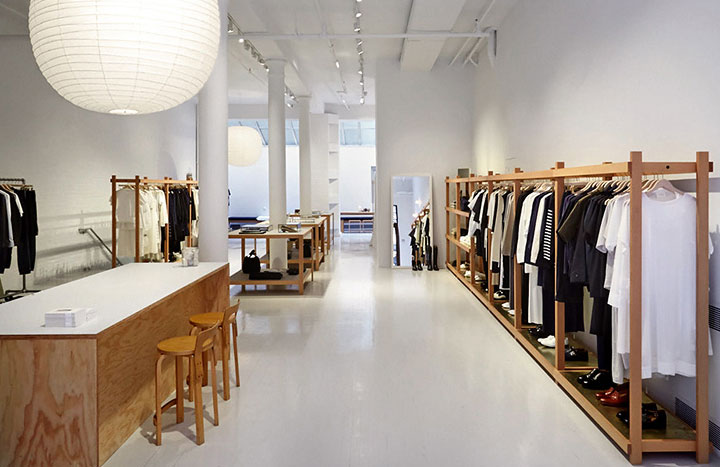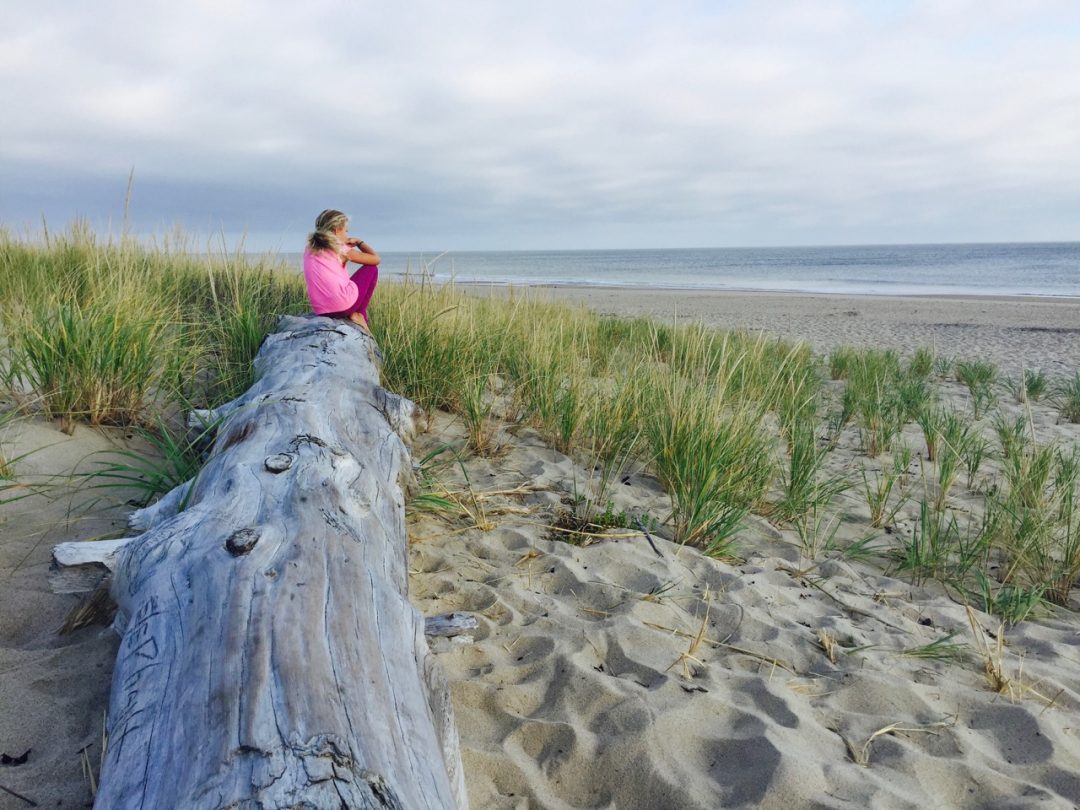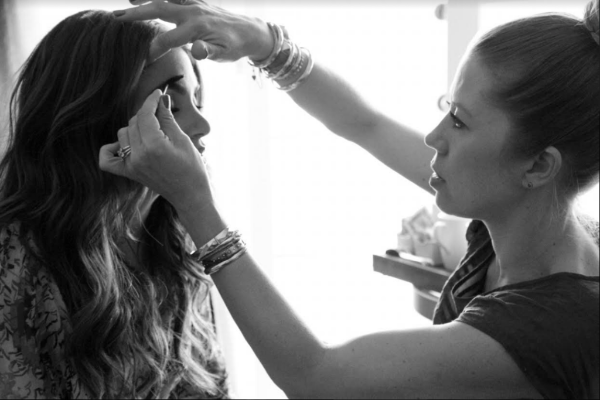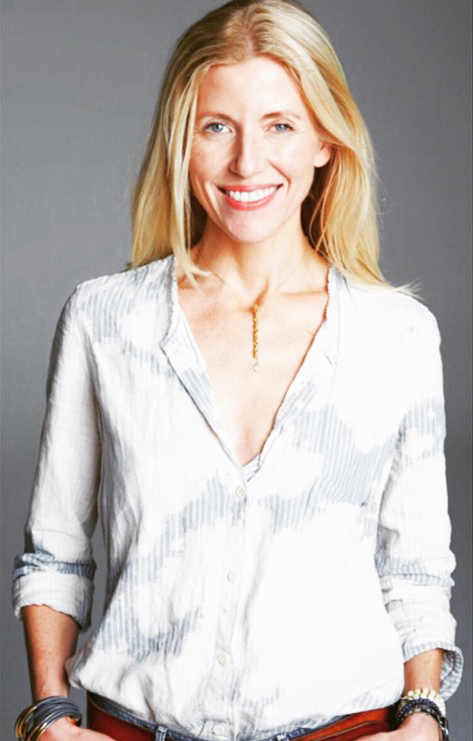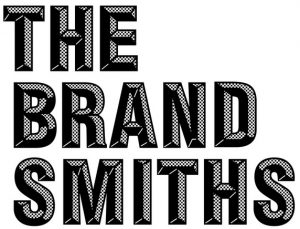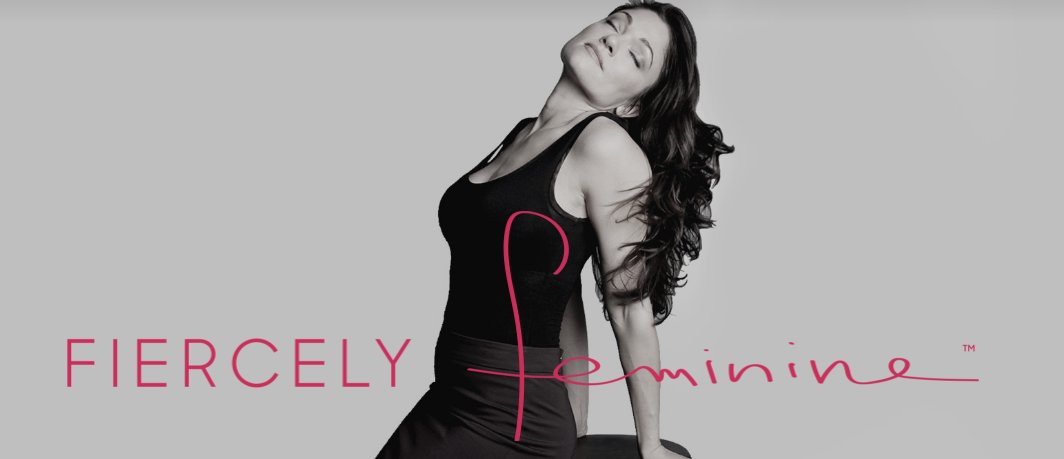
No matter how obvious or clear or needed your product or service or personality is, we all need a presentation layer. The world doesn’t immediately “get” what we do without one. This is part of what we call “brand” — but let’s get away from that over-used, mostly misunderstood word for now. Let’s call it your skin or message, which encompasses not only the words you use but the images, typefaces, customer service experiences, decisions… that all go into the world’s experience of your product or service.
One of my favorite challenges is to work on a turnaround project, the repositioning a company who finds itself challenged in the marketplace, not because it isn’t amazing (it often is), but because they haven’t hit the right note in explaining why their offering matters. It’s a message problem, not a product problem.
This year, we had the honor and pleasure of working with S Factor creator and founder Sheila Kelley. The brand needed a shift in perception, and a new way to tell their story.
S Factor has been known as a pole-dancing workout. But to relegate it to that is like saying you use a computer to type, or your phone to make a call. A computer / phone / pole is the device — but the impact / results / value go so far beyond the accessory. Sheila created a brand that gives women a map back to their own feminine bodies and souls. Our job in refreshing their brand was about delivering an unapologetically feminine message — to capture the fierce, the soft, the angry, the joyous — the everything — that women could explore through S Factor. It was a message of reclamation, rejoicing and rebirth. But how do you explain that in a way that women want to hear it? How do you get the pole out of the way, without dismissing it? See how we did it here.
So proud of our work together, and so convinced that if our customers don’t get us — right away — we can’t blame them for not showing up.
Don’t put the burden on your audience or get upset when they don’t “get” you. Make it clear, moving and completely irresistible.
Uncover your truth. And then tell that story (or hire people who do it for a living.)
